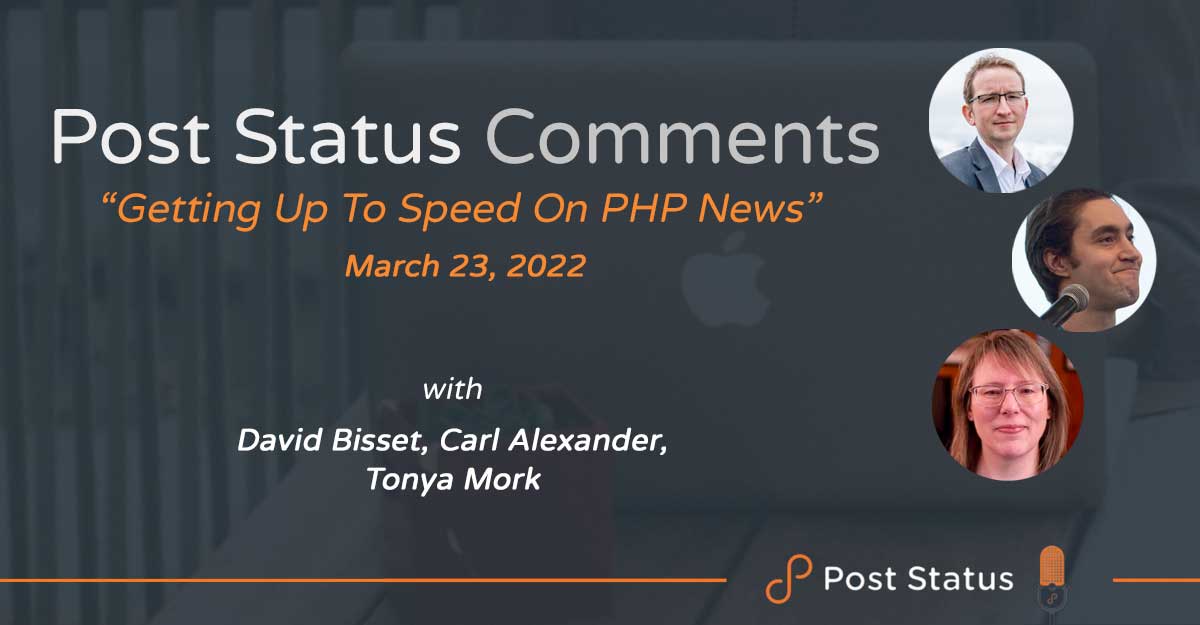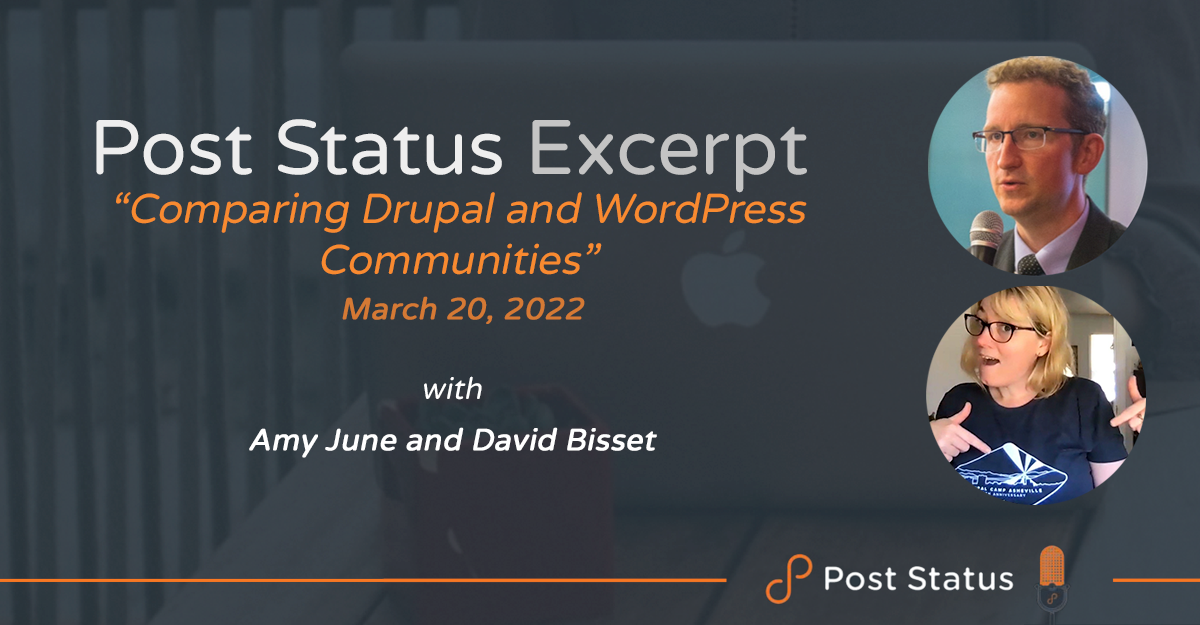You can use get_european_union_countries() for currency switching, to display conditional notices, content, or fields. Basically, whenever there is a country dropdown, get_european_union_countries() may be what you need.
Before we dive into WooCommerce again, here’s a little historical context for the function we’re going to look at this week: get_european_union_countries.
In 1957, Belgium, France, Italy, Luxembourg, the Netherlands, and West Germany signed the Treaty of Rome, which created the European Economic Community. The European Union was formally established with the Maastricht Treaty on 1 November 1993. There are now 27 EU members, yet the list is always subject to change. With Brexit, the United Kingdom left the EU. There is talk currently about Ukraine joining.
Thankfully, WooCommerce developers coded a function called get_european_union_countries(), which returns an array of … countries in the EU! (Did you see that coming?) Once again, we can rely on a lazy WooCommerce function and stop worrying about who is and who is not in the EU.
But why would you ever need to use get_european_union_countries()? Let’s look at its syntax, its arguments, and some possible uses.















